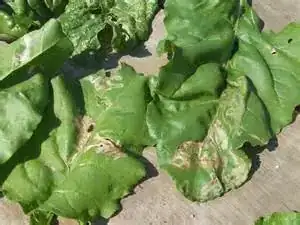I live in Brooklyn, New York, U.S.A. This Swiss Chard has been doing well so far this season, and all the largest leaves you see here were green and strong as recently as a few days ago.
We had the hottest day of the season so far, a couple days ago- any chance that's related?
I also noticed increased ant activity recently. Worth investigating possible colony near the roots? I have an overactive imagination.
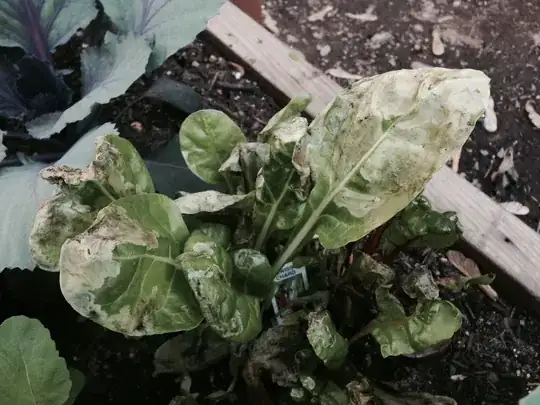
The neighbors are happy: Cabbage, Arugula & Collards.
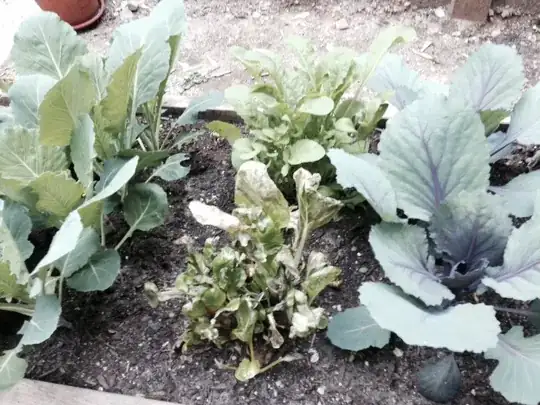
UPDATE the answer is Leaf Miners. Notice the white capsules on the leaves in the photographs below.
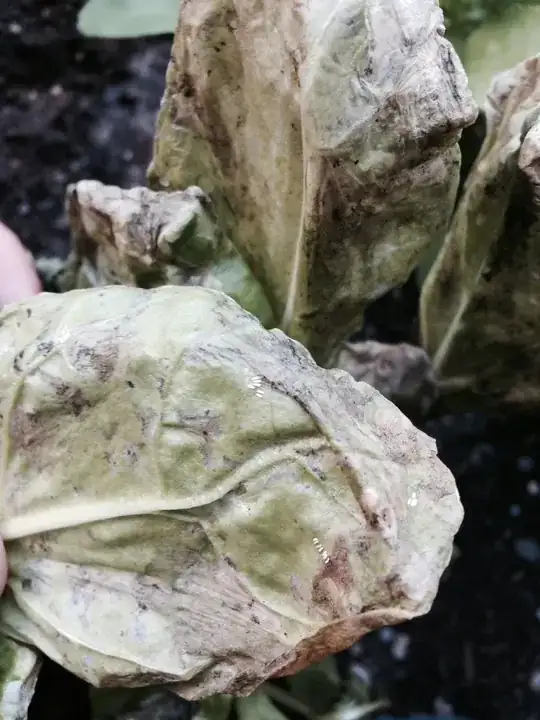
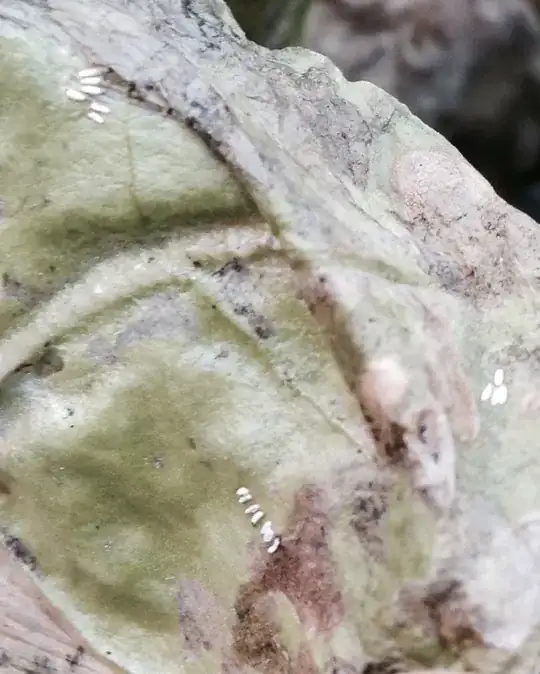
UPDATE three days after I purged the initial infestation from the Swiss chard, I happened to notice a single leaf miner burrowing into the leaf of one of my cabbages right next to the infected site! I popped the bugger like a zit right there in the leaf. Haven't seen any more in the 2 days since. Lesson: be vigilant! Keep your eyes open.
ALSO I've ordered some "beneficial nematodes" which many people recommend in order to help the ecosystem in your all-natural (read: pesticide-free) dirt good for plants, bad for little pest larvae.
